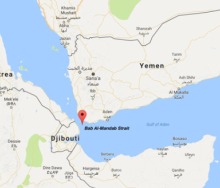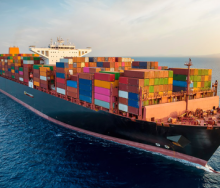Water security is presenting a growing obstacle to plans for an uranium mine in central Namibia.
This follows new research showing that the aquifer in which the mine is planned is considerably bigger than previously estimated.
Plans to mine uranium in the Stampriet Aquifer date back to 2019, when a subsidiary of Russian nuclear parastatal, Rosatom, found substantial uranium reserves near Leonardville in central Namibia, about 150 km south of Gobabis.
The aquifer extends into South Africa and Botswana, and supports several Namibian export agriculture businesses, as well as providing drinking water for towns and livestock within the aquifer.
Farmers and other community groups have strongly opposed the plan to extract the uranium through a chemical process called in-situ leaching (ISL), which involves drilling boreholes and injecting chemicals into the rock formations to dissolve the mineral, after which the liquid is pumped back to the surface.
Currently, according to the Stampriet Aquifer Uranium Mining Association, about 6.1 million cubic metres of water are annually abstracted from the aquifer for irrigation purposes, and at the rate of flow generated by this water extraction, there is considerable risk that toxic mining chemicals could be drawn into the aquifer.
In addition, a new international research study published on 31 July in the journal Groundwater for Sustainable Development, found that the aquifer was 42% bigger than previously estimated in a 2016 study by the United Nations Educational, Scientific and Cultural Organization (Unesco), extending much further eastward into Botswana than previously thought.
Concern was also expressed about potential water pollution in Botswana by the Orange-Senqu River Commission (Orasecom), a cross-border body representing Botswana, Lesotho, Namibia and South Africa, according to the Namibian news service, Informanté.
Unesco co-ordinated two stakeholder meetings about the proposed mining in the aquifer earlier this year and noted that “there is inadequate baseline data and information available for a comprehensive assessment” of how ISL uranium extraction could affect water quality in the aquifer.













